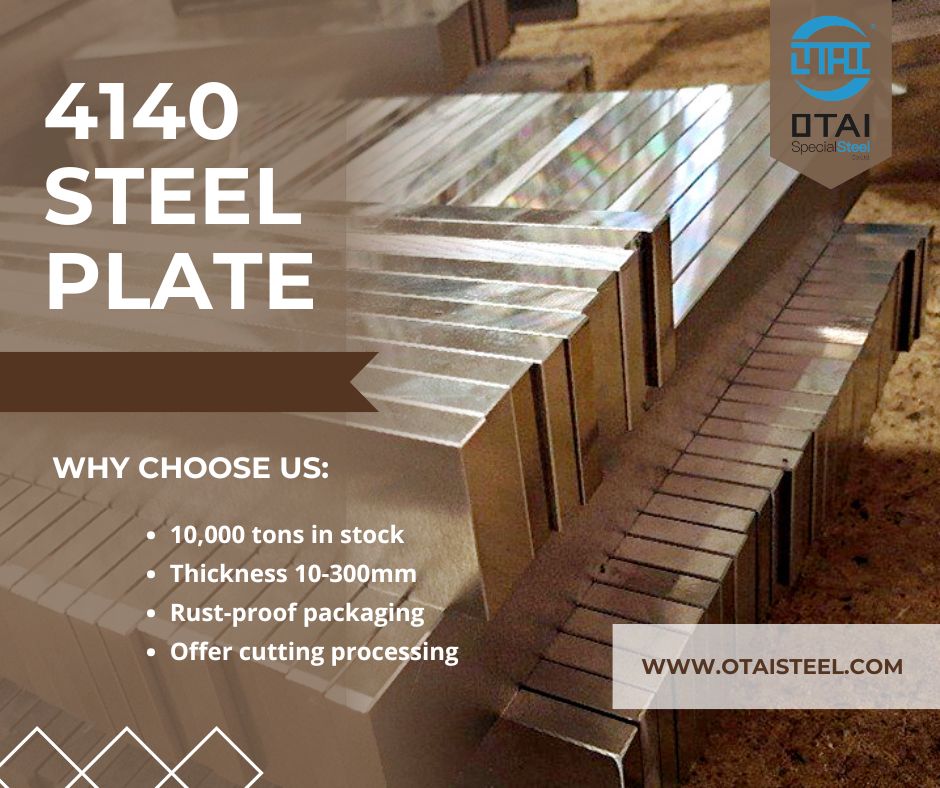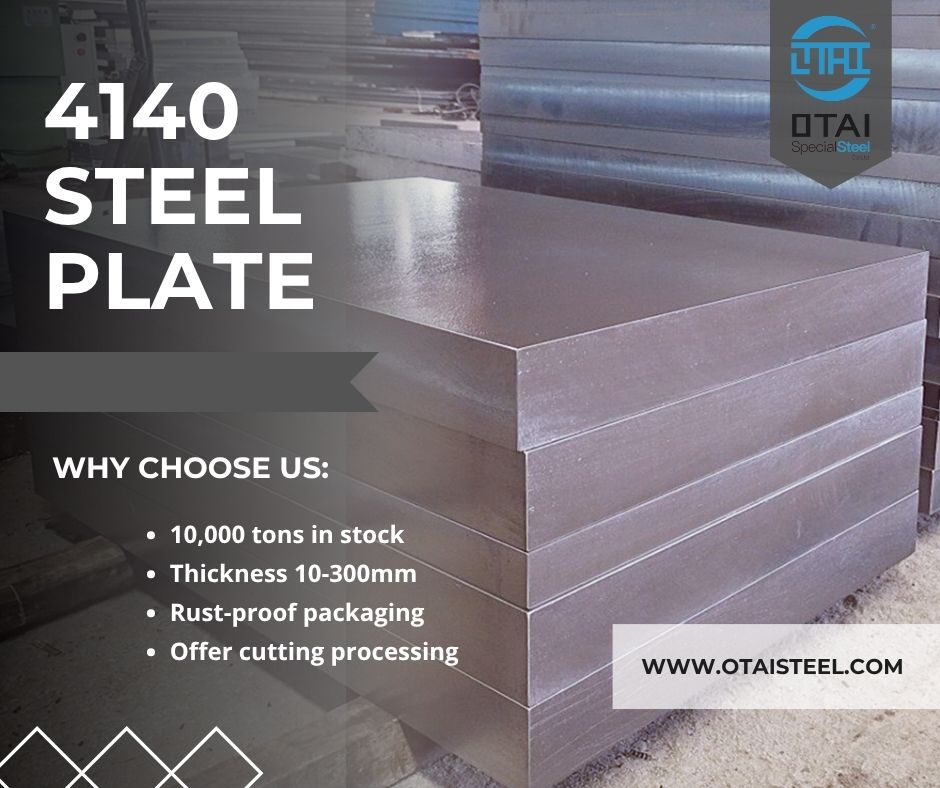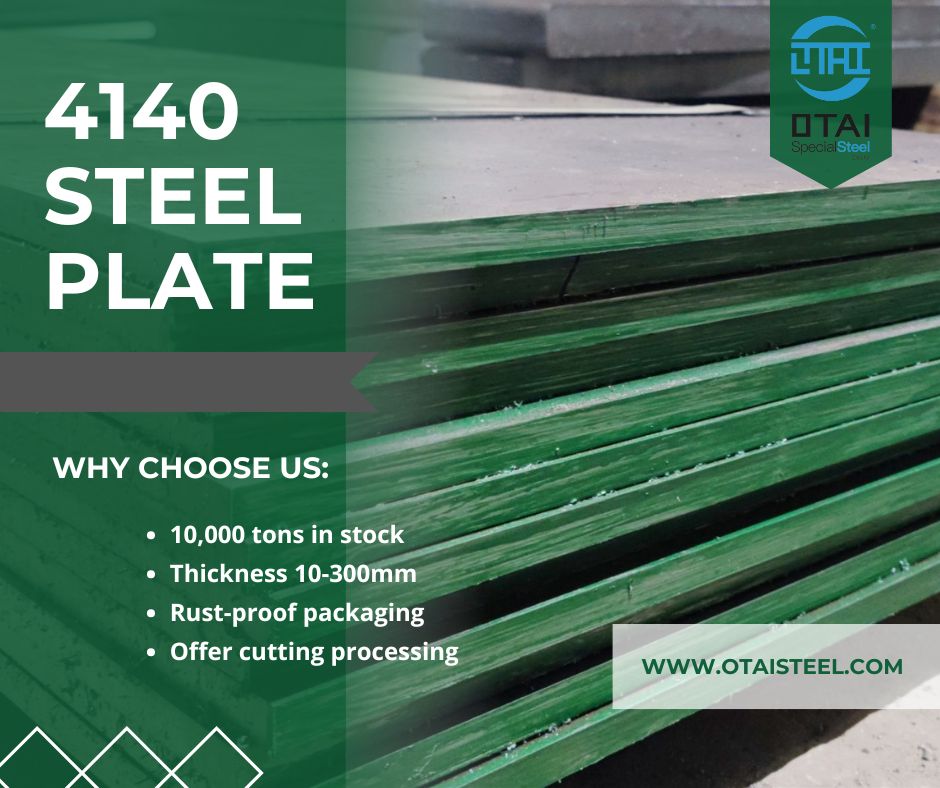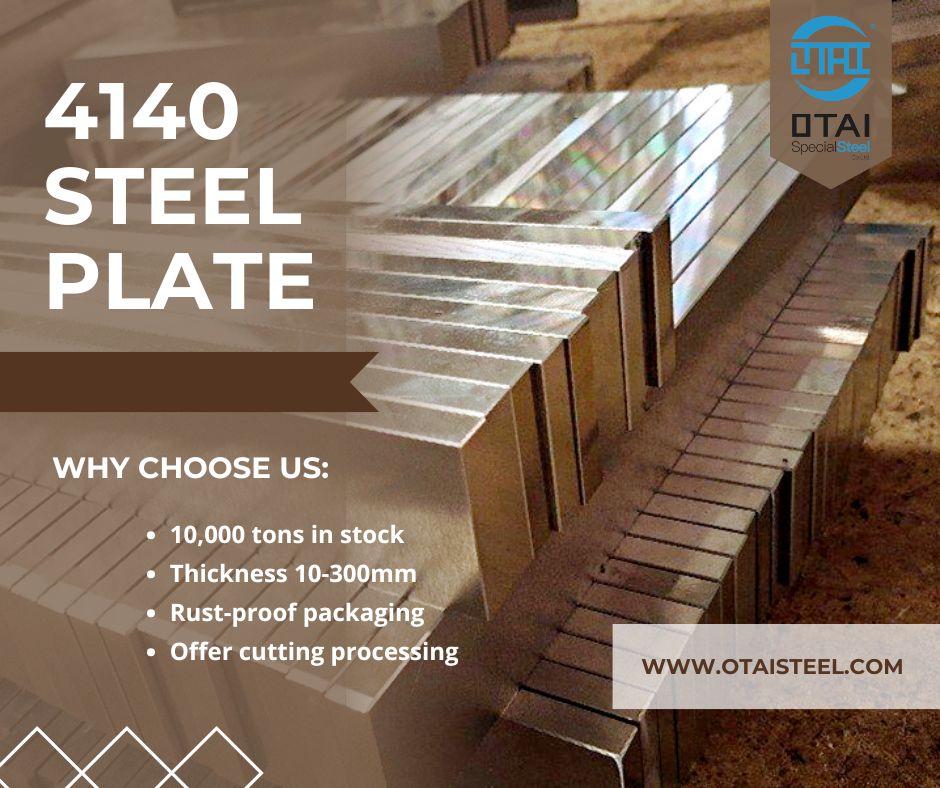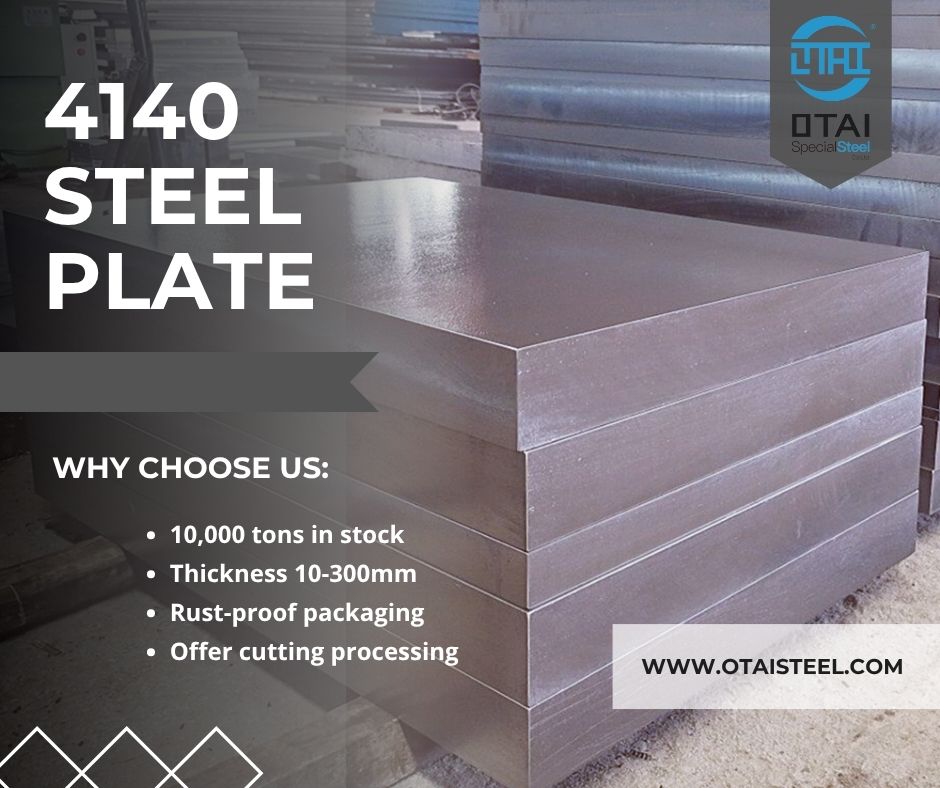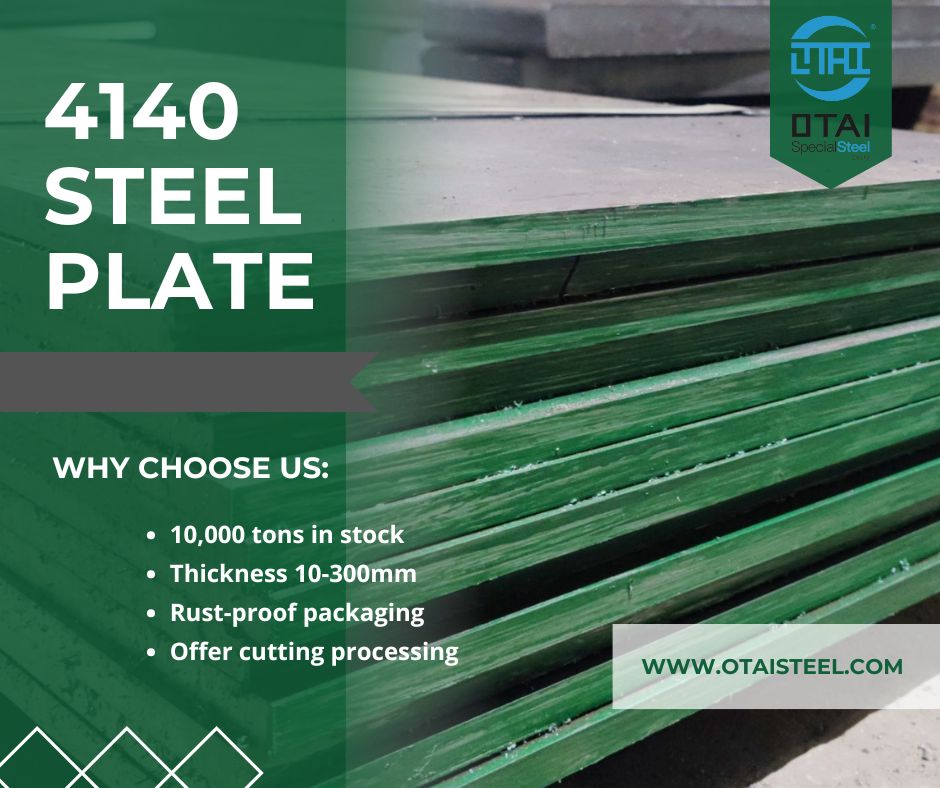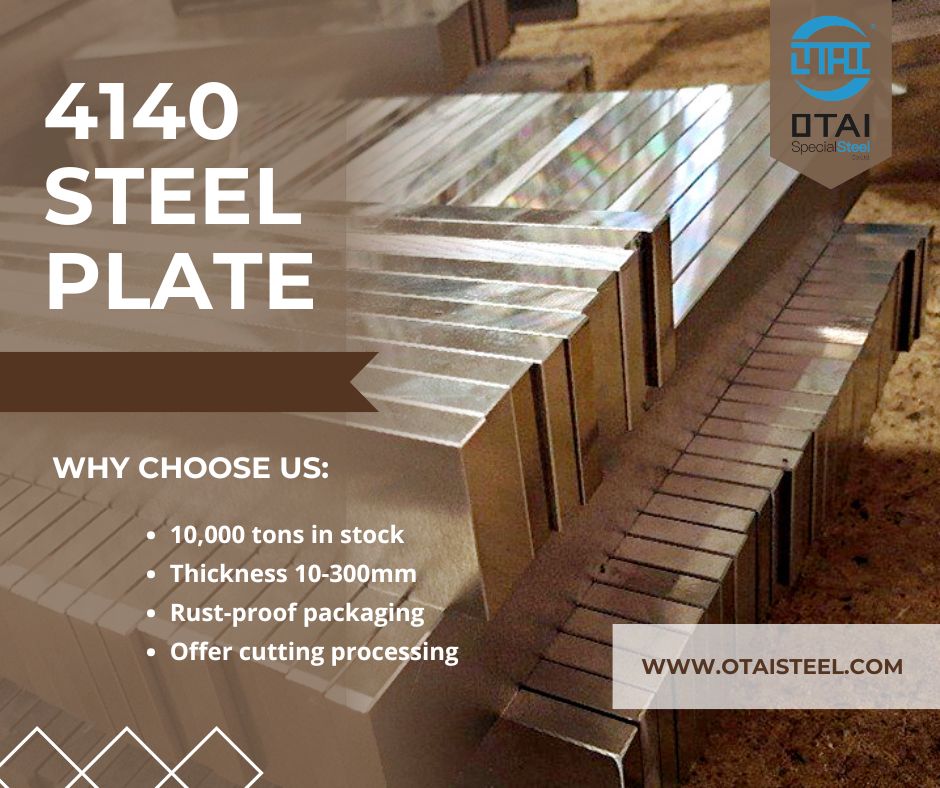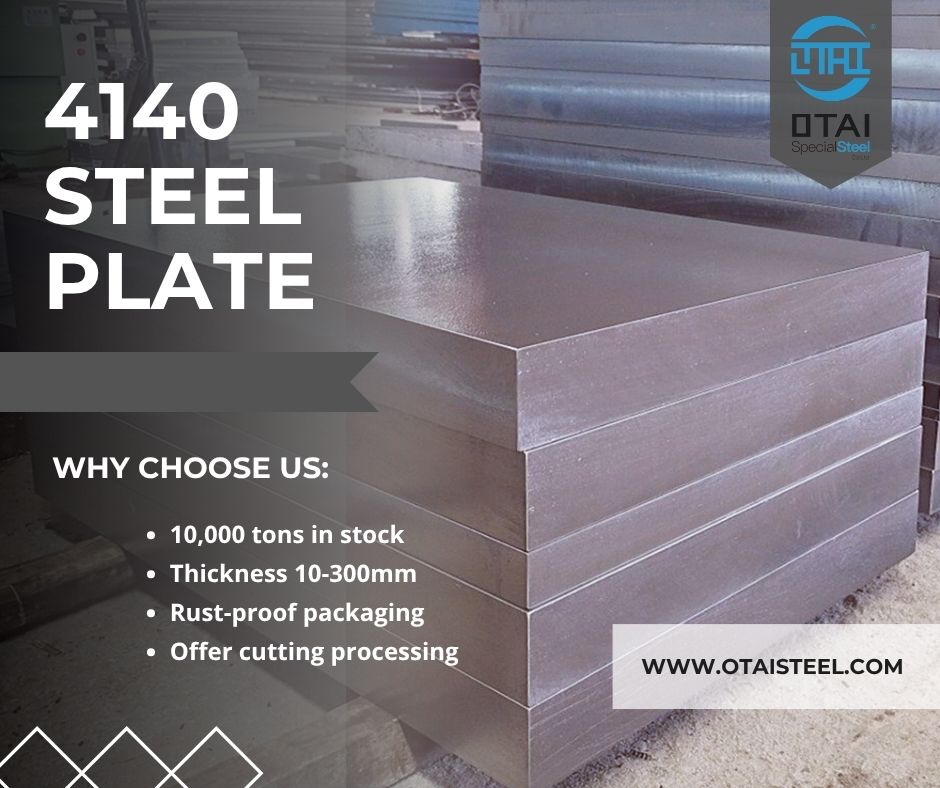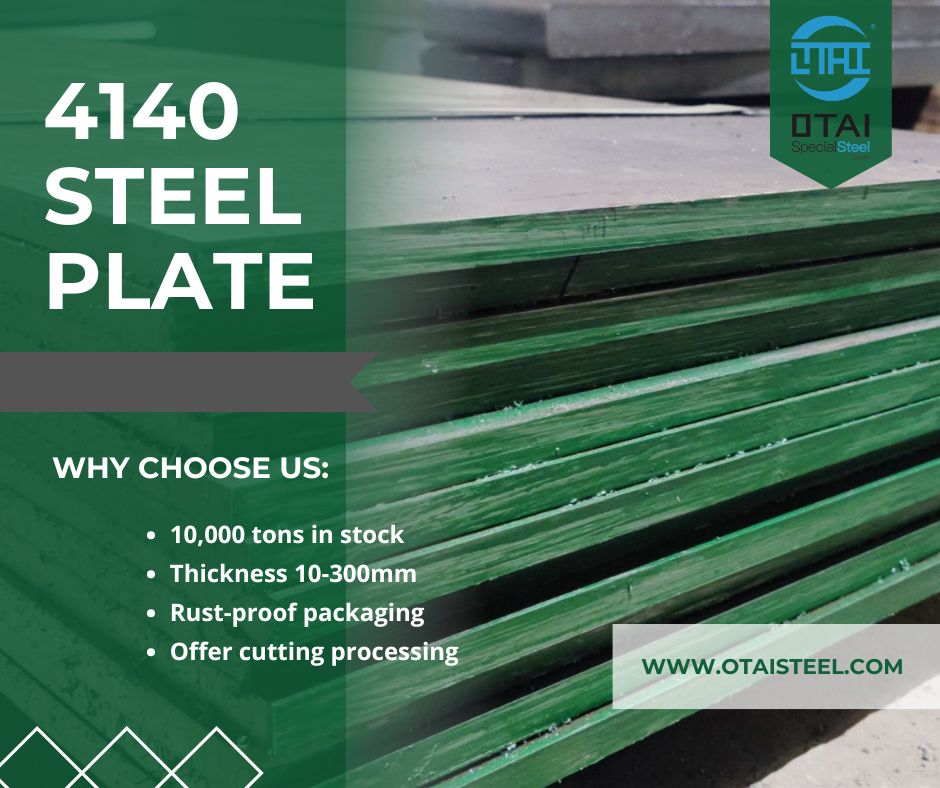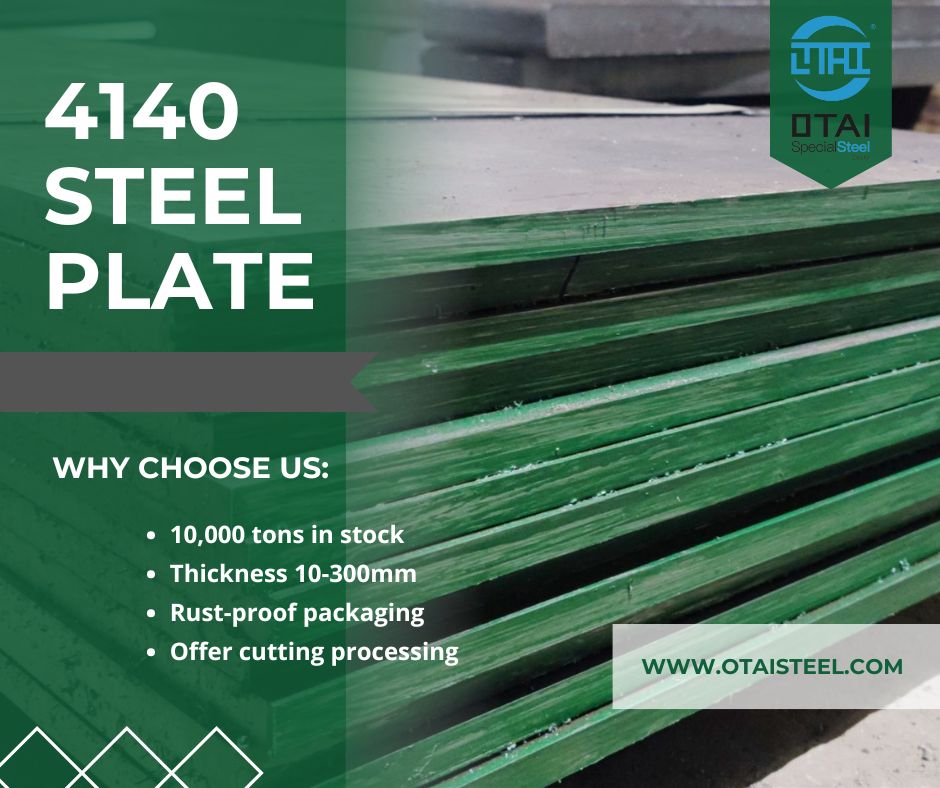 4140 AR Plate: The Ultimate Solution for Wear-Resistant Applications
4140 AR Plate: The Ultimate Solution for Wear-Resistant Applications
When it comes to high-performance materials that need to withstand extreme wear, the 4140 AR plate is a material of choice. The “AR” stands for Abrasion-Resistant, meaning this plate is engineered to perform exceptionally well in environments where durability and resistance to surface wear are paramount. In this article, we will explore the key features of 4140 AR plate, its advantages, how it is processed, and the industries that benefit from its unique properties.
🛠️ What is 4140 AR Plate?
The 4140 AR plate is a variation of 4140 alloy steel that has been specially heat-treated to enhance its abrasion resistance. This abrasion-resistant plate is designed to perform under high-stress and wear conditions, making it perfect for applications where components are exposed to friction, impact, and constant wear. Like standard 4140 steel, the 4140 AR plate maintains excellent tensile strength, toughness, and hardness but with added properties that allow it to withstand wear and tear over extended periods.
| Element | Percentage |
|---|---|
| Carbon (C) | 0.38%–0.43% |
| Chromium (Cr) | 0.80%–1.10% |
| Molybdenum (Mo) | 0.15%–0.25% |
| Manganese (Mn) | 0.60%–0.90% |
| Silicon (Si) | 0.20%–0.35% |
These alloying elements help 4140 AR plates exhibit excellent hardness, combined with enhanced abrasion resistance for applications that require superior durability.
🔍 Key Benefits of 4140 AR Plate
Choosing 4140 AR plate for your project offers a number of significant advantages. Here are some of the key benefits that make this material a go-to choice for wear-resistant applications:
1. High Abrasion Resistance
The heat-treated process gives 4140 AR plate its superior abrasion-resistant properties, making it ideal for components exposed to frequent wear and tear, such as chutes, conveyors, and crusher parts.
2. Excellent Toughness and Strength
Like other 4140 alloy steels, 4140 AR plate retains its inherent strength and toughness, even under tough working conditions. This makes it highly suitable for high-stress, high-impact applications.
3. Improved Surface Hardness
The heat treatment process increases the surface hardness of 4140 AR plates, making them more resistant to damage from impacts and friction. This property also extends the service life of components and reduces the need for frequent replacements.
4. Good Machinability
Despite its excellent wear resistance, 4140 AR plate still offers relatively good machinability compared to other wear-resistant materials. It can be cut, drilled, and welded with ease, allowing for flexible manufacturing options.
⚙️ Applications of 4140 AR Plate
4140 AR plate is ideal for industries that require materials capable of withstanding heavy wear and frequent abrasion. Here are some of the most common applications of 4140 AR steel plates:
| Industry | Applications |
|---|---|
| Mining | Crusher components, conveyor parts, wear plates |
| Construction | Heavy equipment, excavators, material handling |
| Agriculture | Harvesters, tillage equipment, plows |
| Manufacturing | Chutes, hoppers, silos |
| Oil & Gas | Drill bits, pipeline components, valve bodies |
These industries benefit from the abrasion resistance of 4140 AR plates, which can withstand the challenges of constant friction and impact, reducing maintenance costs and increasing component longevity.
🌍 Why Choose Otai Special Steel for Your 4140 AR Plates?
At Otai Special Steel, we specialize in supplying high-quality 4140 AR plates tailored to meet your project specifications. Here’s why Otai Special Steel should be your preferred supplier for 4140 AR plates:
| Benefit | Details |
|---|---|
| Customized Solutions | We offer custom cutting, grinding, and heat treatment services to match your exact needs. |
| Extensive Inventory | Our 4140 AR plates are available in a wide range of thicknesses and sizes, from 6mm to 300mm. |
| Global Supply | We deliver 4140 AR plates worldwide, ensuring fast and reliable delivery. |
| Quality Assurance | Every plate undergoes ultrasonic testing (UT), chemical composition analysis, and third-party inspections to guarantee quality. |
| Expert Consultation | Our team can help you select the right material and finish for your specific application. |
❓ FAQ: Frequently Asked Questions About 4140 AR Plate
Q1: What makes 4140 AR plate different from regular 4140 steel plate?
A1: While 4140 AR plate has the same chemical composition as regular 4140 steel, it undergoes a special heat treatment process that enhances its surface hardness and abrasion resistance. This makes it more suitable for applications where wear is a major concern.
Q2: Can Otai Special Steel customize 4140 AR plates to my specific requirements?
A2: Yes, we offer customized cutting, grinding, and heat treatment to ensure that the 4140 AR plates fit your exact needs.
Q3: How can I be sure of the quality of the 4140 AR plates I purchase?
A3: We conduct rigorous quality control tests, including ultrasonic testing (UT) and third-party inspections, to ensure that every plate meets the highest standards of quality and performance.
